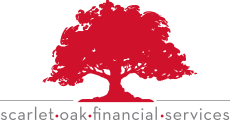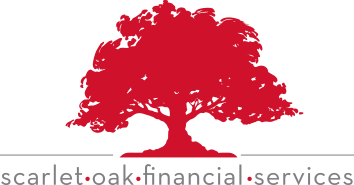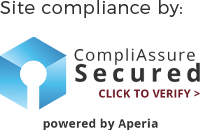A SIMPLE (Savings Incentive Match Plan for Employees) 40(k) plan combines aspects of SIMPLE IRAs and Traditional 401(k) plans. This allows retirement plans for small businesses that might not have the resources for a more extensive plan like Traditional 401(k) but want to offer more than what’s provided with a SIMPLE IRA.[1]
Key aspects of SIMPLE 401(k) plans:
- They are a pre-tax investment account, meaning the money you place in this account is deducted from your check before taxes are collected.[2]
- With all investment accounts, you expose some or all your invested money to loss for the chance to earn a higher profit. Investment gains hinge on an ongoing and long-term investment strategy that uses your risk tolerance and diversification to mitigate some risks. Even with these in place, you are exposing your money to loss.
- Employers must match contributions. These plans can either have a mandatory match or non-elective contribution- mandatory is 3%, or non-elective is 2%. A mandatory match means the employer must match up to 3% of the employee’s contribution. If the employee contributes 1% of their salary, then the employer contributes 1%; if the employee contributes 2%, then the employer puts in 2%, and so on to 3%. A non-elective contribution means that the employer will contribute 2% of the employee’s salary, regardless of whether the employee contributes to their account. But the employer never has to match beyond that 3%, which can be less than most 401(k) plans. [4],[5]
- Employers must allow all employees to participate if they are at least 21 years old and have completed at least one year of service. The employee must also have earned at least $5,000 in compensation for the previous year.1
- You are 100% vested whenever the employer deposits contributions into your account. Unlike Traditional 401(k) plans, vesting happens when the funds hit your account, not on a vesting schedule based on years of employment. 4
- Fees vary from plan to plan. It is crucial to understand how much you are paying in fees.
- If you leave an employer, you can take your money with you. You can roll it over to another pre-tax IRA account or traditional 401(k), 403(b), or 457(b) plans. If you cash the account out before age 59 ½, you will pay a 10% penalty on top of the 10% taxes you will owe. 1
- The earliest you can take penalty-free withdrawals is 59 ½; the penalty is an extra 10% on top of the taxes collected. However, there are some exemptions to the early withdrawal penalty- if you are permanently and totally disabled, if you lose your job at 55 or older, if you have medical expenses that exceed 10% of your modified adjusted gross income, with some divorce settlement types and if you die. 1, 3
- You can take a low-interest loan on 401(k) accounts, up to $50,000 or 50% of your account balance. Still, you will have to pay it back sometimes within 90 days but definitely within five years (this period may be extended if the money is used to buy a primary home) or at leaving that job, or it becomes taxable income. The payments will most likely be held back from your paycheck. Some plans don’t let you contribute to your account until the loan is paid back. Interest charges go directly back into your retirement account. 4
If you want to explore investment accounts that would work for your personal or retirement goals, Scarlet Oak Financial Services can be reached at 800.871.1219, or you can contact us here. To sign up for our weekly newsletter with the latest economic news, click here.
Sources:
[1] https://www.investopedia.com/articles/retirement/04/052604.asp
[2] https://www.investopedia.com/articles/retirement/04/060904.asp
[3] https://www.irs.gov/newsroom/401k-limit-increases-to-23000-for-2024-ira-limit-rises-to-7000
[4] https://www.irs.gov/retirement-plans/plan-participant-employee/retirement-topics-simple-ira-contribution-limits
[5] https://www.irs.gov/retirement-plans/choosing-a-retirement-plan-simple-401k-plan
6 https://www.irs.gov/retirement-plans/plan-participant-employee/retirement-topics-required-minimum-distributions-rmd
7 https://www.tiaa.org/public/support/faqs/required-minimum-distributions
8 https://www.irs.gov/pub/irs-drop/n-22-55.pdf
http://www.annuityadvisors.com/Forms/integrity-life/misc/Retirement%20Planning%20Guide%202021.pdf
https://www.irs.gov/retirement-plans/choosing-a-retirement-plan-simple-401k-plan
https://www.irs.gov/retirement-plans/plan-participant-employee/retirement-topics-loans

![Understanding SIMPLE 401(k) Plans [2024]](https://scarletoakfs.com/wp-content/uploads/2023/12/Understanding-SIMPLE-401k-Plans-scaled.jpg)

